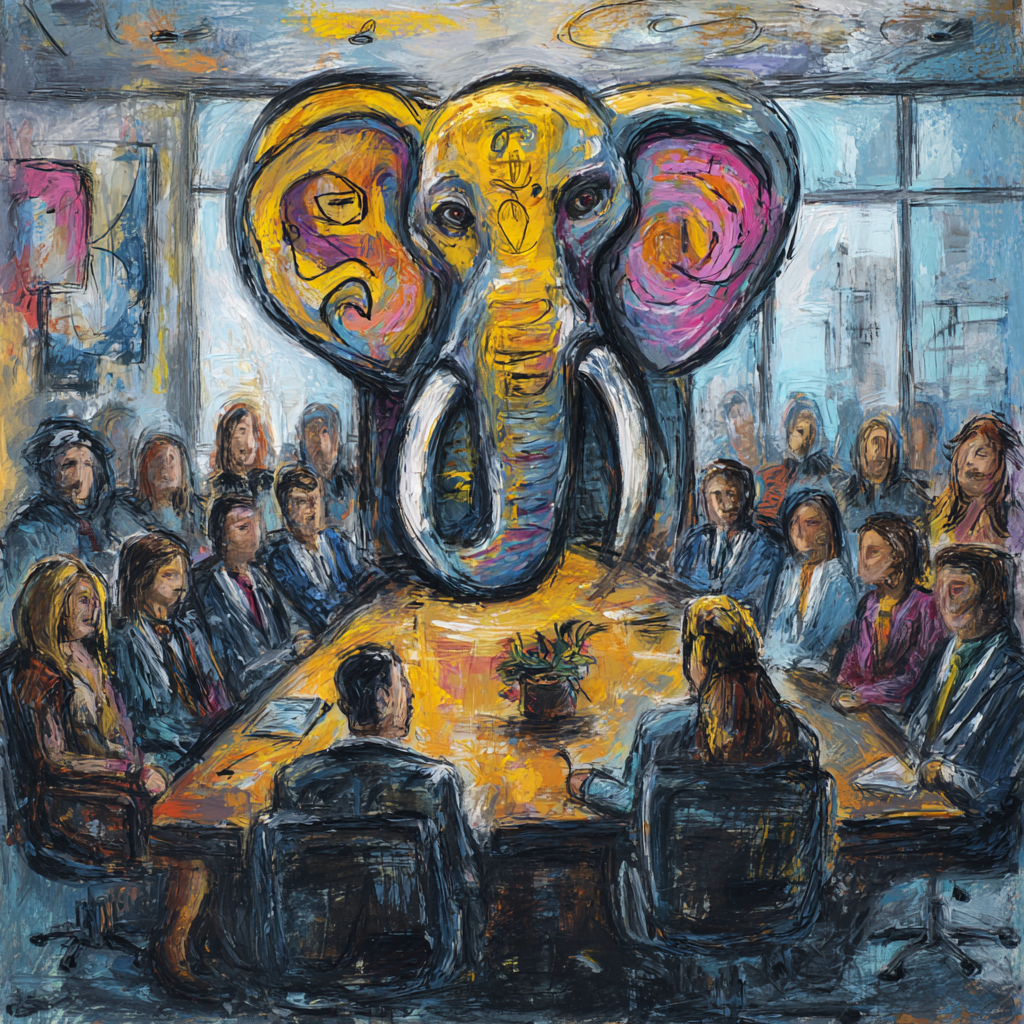8 Costly Hotel Revenue Management Mistakes and How to Avoid Them

Revenue management is a cornerstone of profitability in the hotel industry. Yet, many hotels, from small independents to larger chains, fall into common traps that hurt their bottom line. A study by Skift revealed that hotels not utilizing dynamic pricing models lose up to 10% of potential revenue each year. This significant loss can be avoided with the right strategies and tools in place.
I’ve seen first-hand how hotels can boost their revenue by simply tweaking their revenue management strategies. In this article, I’ll walk you through the seven most common and costly mistakes in hotel revenue management—and more importantly, how to avoid them. By the end of this read, you’ll have practical insights to help optimize your revenue strategies and increase profitability.
Mistake 1: Relying on Static Pricing Models
Why It’s Costly:
Static pricing models are outdated yet still common in the hotel industry. Many hotels set fixed prices for their rooms, regardless of fluctuating demand. This results in missed opportunities to capitalize on high-demand periods or fill rooms during low seasons. For example, if a local event boosts hotel demand, a hotel using static pricing may fail to adjust its rates and miss out on additional revenue.
Solution:
Implement dynamic pricing. Dynamic pricing adjusts room rates based on real-time demand, competitor pricing, and market conditions. Hotels that use dynamic pricing models report an average increase in revenue of 7-10%. Investing in a Revenue Management System (RMS) can automate these adjustments, ensuring your prices reflect current market conditions and demand patterns.
Mistake 2: Failing to Track Market Trends
Why It’s Costly:
One of the most common mistakes is setting room rates without considering local market trends and competitor pricing. If you’re not monitoring what’s happening around you, you could be underpricing your rooms during peak demand or overpricing them during low-demand periods, which leads to lost revenue or vacant rooms.
Solution:
Leverage market intelligence tools that track competitor pricing and local events. Tools like rate shopping platforms allow you to compare your pricing with competitors in real-time. Additionally, keep a calendar of local events that may impact demand, such as concerts, conferences, or festivals. Adjust your prices to match these trends and ensure your hotel is always competitively positioned in the market.
Mistake 3: Ignoring Data Analytics
Why It’s Costly:
Revenue management is data-driven, but many hotels fail to utilize the data they collect effectively. Whether it’s guest demographics, booking windows, or stay duration, ignoring this data can lead to pricing strategies based on guesswork rather than facts. For instance, you might miss opportunities to increase rates during high-demand booking windows.
Solution:
Invest in an RMS that provides data-driven insights. By analysing past bookings, seasonal trends, and guest behaviour, you can forecast demand more accurately and optimize your pricing strategy. Data-driven hotels typically see a 10% boost in revenue by making better-informed decisions based on real-time analytics.
Mistake 4: Poor Guest Segmentation
Why It’s Costly:
A “one-size-fits-all” approach to pricing is a major revenue management error. Treating all guests the same without segmenting by behaviour, booking channel, or purpose of stay means you’re leaving money on the table. For example, business travellers are often less price-sensitive than leisure travellers, yet many hotels charge them the same rates.
Solution:
Use guest segmentation to tailor your pricing strategy. Segment your guests by factors such as purpose of stay (business vs. leisure), booking channel (direct vs. third-party), or booking window (early vs. last-minute). By implementing dynamic pricing strategies based on guest segmentation, hotels can increase their revenue per available room (RevPAR) by up to 15-20%.
Mistake 5: Over-reliance on Last-Minute Discounting
Why It’s Costly:
Many hotels resort to last-minute discounts to fill empty rooms, but this can lead to a “race to the bottom” in pricing. While discounting might seem like an easy way to boost occupancy, it often devalues your brand and leads to reduced revenue in the long run. Guests start to expect lower rates, and your hotel may struggle to return to regular pricing.
Solution:
Instead of offering last-minute discounts, focus on creating value-added offers. Bundle packages that include extras like free breakfast, room upgrades, or late check-outs. These promotions provide guests with perceived value without heavily discounting your rooms, maintaining your brand’s pricing integrity.
Mistake 6: Neglecting Technology in Revenue Management
Why It’s Costly:
In today’s data-driven world, failing to adopt modern technology for revenue management is a costly mistake. Manual pricing decisions are typically slow, prone to errors, and less responsive to market changes. Hotels that resist adopting technology, such as RMS, lose out on the efficiencies and insights that automated systems provide.
Solution:
Adopt an RMS that integrates with your Property Management System (PMS). A cloud-based RMS automates pricing adjustments based on real-time data, reduces human error, and ensures your rates are competitive. Hotels that implement an RMS typically see a 5-15% increase in revenue, depending on their market and location.
Mistake 7: Not Adapting to Changing Guest Behaviour
Why It’s Costly:
Guest booking behaviour has changed dramatically in recent years, especially with the rise of online travel agents (OTA) and mobile bookings. Many hotels fail to adjust their revenue management strategies to account for these shifts, missing out on the opportunity to capture more bookings or optimize pricing for these channels.
Solution:
Keep a close eye on booking behaviour trends and adjust your pricing strategies accordingly. For example, mobile bookings now account for 60% of hotel reservations. Ensure your pricing is optimized for mobile platforms, and consider offering mobile-exclusive rates or promotions. Additionally, analyse your OTA performance and adjust your pricing based on channel-specific behaviours.
Mistake 8: Failing to Embrace Lifelong Learning and an Agile Approach
Why It’s Costly:
The hotel industry is constantly evolving, with new trends, technologies, and strategies emerging regularly. Many hoteliers make the mistake of relying on outdated knowledge or being resistant to change. Failing to continuously learn and adapt can cause your revenue management strategies to fall behind, resulting in missed opportunities and declining profitability.
Solution:
Adopt a mindset of lifelong learning and stay agile. Revenue management is not a “set it and forget it” practice—it requires ongoing education and flexibility. Keep up with industry trends, learn from case studies, and regularly update your skills. One effective way to stay ahead is by taking part in structured learning opportunities, like online courses.
Practical Tips for Avoiding Revenue Management Mistakes
- Implement Dynamic Pricing:
Start using a dynamic pricing model if you’re still relying on static rates. An RMS can help automate this process and ensure your rates are competitive at all times. - Use Market Intelligence Tools:
Regularly track local market trends and competitor pricing. By keeping an eye on the competition and the local demand landscape, you can adjust your rates more effectively and avoid being under or overpriced. - Leverage Data Analytics:
Collect and analyse guest data, including booking windows, stay durations, and demographics. The more data you have, the better you can forecast demand and adjust your pricing to optimize revenue. - Segment Your Guests:
Tailor your pricing strategies to different guest segments. Offering personalized rates and packages for business travellers, leisure tourists, and long-stay guests can significantly boost your revenue. - Invest in Technology:
If you haven’t already, adopt an RMS that integrates with your PMS. This will automate manual tasks, reduce errors, and ensure you’re always making data-backed decisions.
Conclusion
Hotel revenue management is a crucial skill that can significantly impact your hotel’s profitability. From relying on outdated pricing models to ignoring market trends, these common mistakes are preventable with the right strategies in place. By adopting dynamic pricing, leveraging technology, and using data to inform your decisions, you can avoid costly mistakes and ensure your hotel is maximizing its revenue potential.
If you’re serious about optimizing your hotel’s revenue management strategy, start by avoiding these seven common mistakes. Implement the solutions discussed here and watch your hotel’s profitability rise. It’s time to stop leaving money on the table—make these changes today, and your bottom line will thank you.
---
Whenever you're ready, here are 4 ways I can help you:
1. The Revenue Management Playbook: Join hospitality professionals and students in my flagship online course, where you'll learn the advanced strategies to excel in revenue management. Gain practical insights that you can immediately apply to increase profitability and outsmart the competition.
2. Outsourced Revenue Management: Gain access to expert revenue management strategies without the overhead. Our outsourced RM service helps you optimize pricing, boost occupancy, and maximize revenue with tailored insights and cutting-edge tools.
3. Hotel Audit: Get a comprehensive audit of your hotel's current performance. We'll analyze your distribution, pricing, and marketing to uncover hidden opportunities and provide actionable recommendations to drive growth.
4. Stay in the Know: Subscribe to my newsletter for the latest trends, tips, and tools in hotel revenue management, distribution, and innovation. Receive exclusive content straight to your inbox, including case studies and expert advice on optimizing your hotel's performance.


